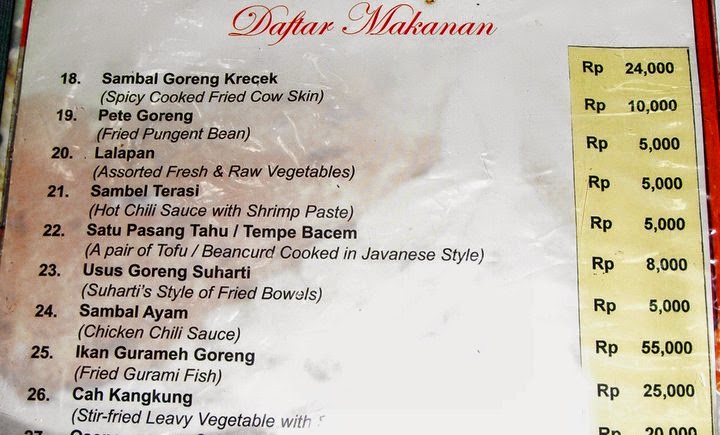I am going to post some recipes with tempe as the main ingredient; but then I thought I should write something about it.
First and foremost, the correct spelling is tempe, without the ‘h’ in the end. I honestly don’t know why in North America, tempe is spelled with an ‘h’! It’s not the correct spelling.
Tempe is loved by many Indonesians, including me. It is a popular food that everyone can afford. Back home in Indonesia, a block of fresh tempe costs 40 cents; while here in Canada, I get my tempe frozen for $1.25. Despite the tripled price and yet half the size that I am used to, I am so grateful to find tempe here. It certainly helps me feel more at home.
Tempe has slowly gained its popularity in North America, particularly among the vegetarian community. You can find tempe that has been pre-marinated with flavours like sesame garlic and smoky maple in your local supermarket, and it costs about $4-5/box.
Tempe has slowly gained its popularity in North America, particularly among the vegetarian community. You can find tempe that has been pre-marinated with flavours like sesame garlic and smoky maple in your local supermarket, and it costs about $4-5/box.
Want to know a fun fact? In Indonesia, tempe and tahu (tofu) are often referred as a pair. The interesting part is most Indonesians prefer one than another. Usually tempe fans dislike tofu and vice versa. And I do understand why. Even though they are both made from soy, they are very different. Tempe has a unique nutty flavour that might not be for everyone; whereas tofu is more subtle and bland. You can see the beans in tempe, whereas you can't see them in tofu.
 |
| A menu of local Javanese restaurant in Yogyakarta which refers tempe and tofu as a pair |
So what is tempe?
Originated from Java, tempe is fermented soy bean cake. The process of making tempe begins with soaking the whole soybeans to soften them. Afterwards the beans are peeled and partly cooked. Vinegar then added to lower the pH and create a selective environment that favors the growth of the tempe mold. The beans are then spread into a thin layer. Between 24-36 hours, at a temperature around 30°C (86°F), the natural culturing and controlled fermentation process bind the soybeans into a cake form.
In short words, just buy them!
There are many ways to cook and enjoy tempe. It’s versatility in assimilating spices makes tempe marinades well. The easiest way to cook tempe is simply by frying it. In Indonesia, you can find fried battered tempe being sold in carts at every corner of the street. Gorengan (fried food) is the most popular snack and street food. The choice usually includes fried battered tempe, tofu, banana and vegetable fritter. It's soooo good!
Now let's talk about the health benefits, shall we?
While there are a lot of controversies about soy products; tempe is actually good for you! Most of the concern around soy is related to the highly processed soy products as opposed to natural, minimally processed or fermented soy. Tempe is high in protein and mineral; and has zero cholesterol and sugar. This is why tempe has started to get a buzz as one of the healthiest food.
Now let's talk about the health benefits, shall we?
While there are a lot of controversies about soy products; tempe is actually good for you! Most of the concern around soy is related to the highly processed soy products as opposed to natural, minimally processed or fermented soy. Tempe is high in protein and mineral; and has zero cholesterol and sugar. This is why tempe has started to get a buzz as one of the healthiest food.
So, stay tuned! Recipes with tempe are coming up!


No comments:
Post a Comment